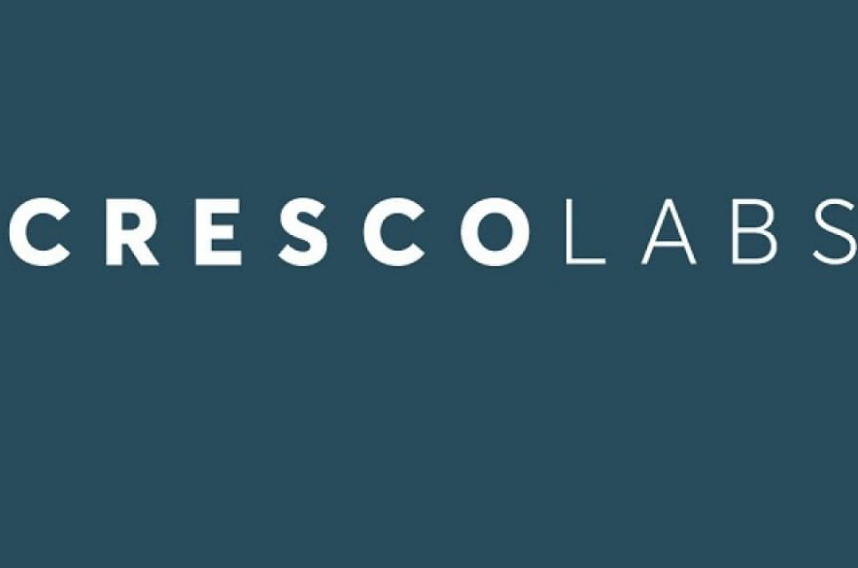Cresco Labs is calling time on California. The Chicago-based cannabis heavyweight is offloading its West Coast operations in a move that signals just how brutal the marijuana market has become — even for the biggest names in the game.
The company said Monday it’s deep in talks with buyers for its cultivation, manufacturing and distribution facilities in the state. The goal? Trim the fat and raise much-needed cash before $400 million in debt comes knocking next year.
California: Land of Dreams, Piles of Debt
It wasn’t meant to go like this. California — the poster child of cannabis legalisation — was supposed to be a goldmine.
Instead, it’s turned into quicksand for multistate operators (MSOs). Heavy regulation, high taxes, and a thriving illegal market have all but suffocated profits. And Cresco’s retreat marks yet another exit in a growing list of MSOs leaving the Golden State behind.
Two key facilities are on the chopping block:
-
Sonoma’s Finest (formerly FloraCal): Holds permits for distribution, processing, and medium-scale indoor cultivation.
-
Cub City in Sonoma County: A smaller facility with nursery and cultivation licenses.
Both have been money drains. And with rising interest rates and an industry-wide capital drought, shedding them now might be the smartest move Cresco can make.

Why Everyone’s Leaving California
This isn’t just about Cresco.
It’s about a pattern. A bigger problem. California’s cannabis market has been burning through money like a sports car on the Pacific Coast Highway — fast, flashy, but ultimately unsustainable.
Curaleaf, MedMen, and others have also scaled back or exited the state entirely in recent months. The reasons aren’t hard to find.
One sentence will do it: the math no longer adds up.
In California, legal operators face a triple threat:
-
Licensing headaches
-
High compliance costs
-
A tax regime that penalises legitimate businesses while illegal sellers flourish
Even Cresco, with its scale and experience, couldn’t keep up.
Cresco’s Strategy: Slim Down or Sink
Let’s be clear: this isn’t a one-off fire sale.
This is part of Cresco’s broader plan to tighten operations ahead of a major debt crunch. The company has $400 million in debt maturing in 2026, but a big chunk of it becomes callable in 2025. That clock is ticking.
CEO Charlie Bachtell hinted at this strategy earlier this year — streamlining, prioritising core markets, and exiting “non-essential” states. California just made the cut. Or rather, it didn’t.
Interestingly, Cresco isn’t dumping everything. It’s holding onto the FloraCal brand, which it plans to continue producing — likely through contract manufacturing or partnerships. So there’s still some brand equity they want to protect.
But the facilities? The employees? The operations? All heading out the door.
A Hard Reset, or Something Worse?
This feels less like pruning and more like cutting off a limb.
The company has been under pressure from shareholders, lenders, and competitors. With stock prices battered and access to capital drying up, the focus has shifted from growth to survival.
Let’s not forget:
-
Cresco’s stock is down nearly 70% from its 2021 highs.
-
Profit margins are razor-thin, especially in expensive states like California.
-
Federal reform still feels miles away, despite ongoing talk in Washington.
No SAFE Banking Act. No tax reform. No rescheduling.
Just more debt, more layoffs, more closures.
The Broader Industry is Hurting Too
The situation at Cresco is reflective of wider trends in U.S. cannabis.
In fact, here’s a snapshot of what’s happening with other MSOs:
| Company | Recent Action in California | Reason Stated |
|---|---|---|
| Curaleaf | Exited entirely | Unprofitable operations |
| MedMen | Closed stores, sold assets | Debt pressure and falling sales |
| Trulieve | Cut back operations | Refocusing on Florida and Northeast markets |
| Ascend Wellness | Reduced footprint | Cash preservation |
That table says it all. California may be the birthplace of legal weed, but it’s becoming a financial dead-end for major players.
And it’s not just about the money. It’s about survival. Companies are learning that big doesn’t mean better — especially in states where the cost of being legal outweighs the benefit.
What Happens Next?
So where does Cresco go from here?
Probably somewhere a bit less sunny — but a lot more stable.
The company has already signalled it’s betting on core markets like Illinois, Pennsylvania, and Ohio, where margins are tighter and competition is less brutal.
It’s also eyeing wholesale and branded product expansion — areas where it thinks it can lead without needing to control everything from seed to sale.
But there’s a lot still up in the air. Those California assets aren’t sold yet. And a messy exit could hurt more than it helps.
Plus, the market hasn’t exactly responded warmly to the news. Cresco shares dropped modestly on Monday, reflecting lingering investor unease.
Only time will tell whether this exit is strategic — or desperate.
